 |
|||
 |
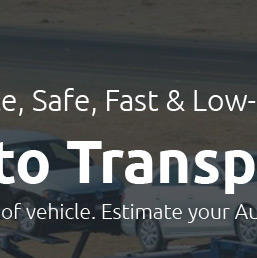 |
 |
|---|---|---|
 |
 |
|
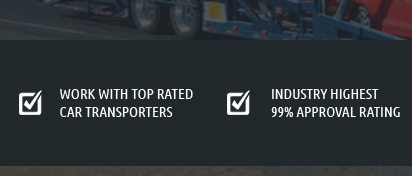 |
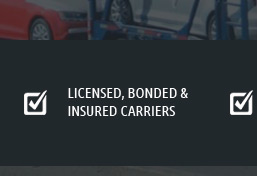 |
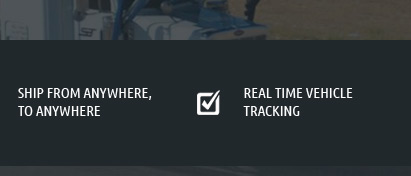 |
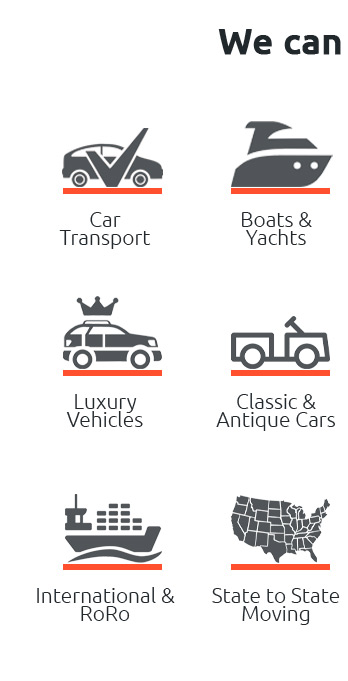 |
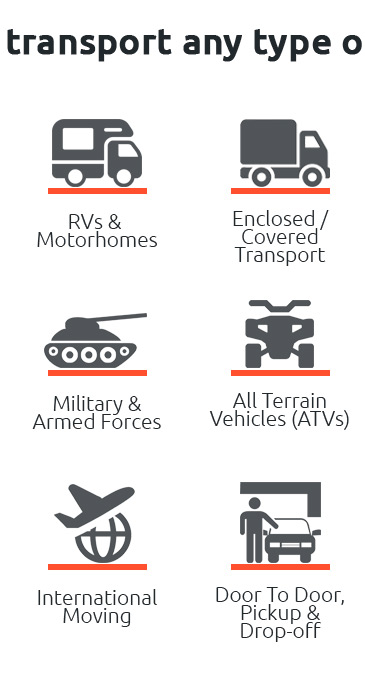 |
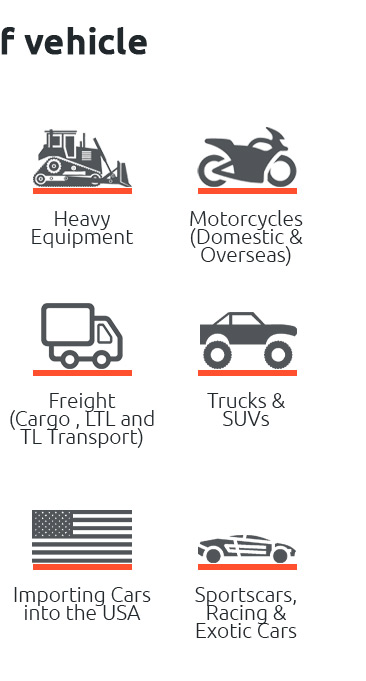 |
|---|
 |
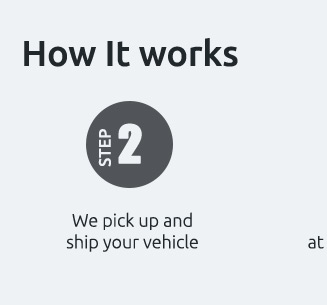 |
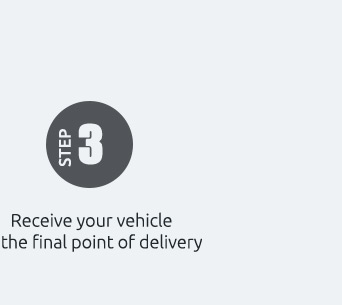 |
|---|---|---|
 |
||
 |
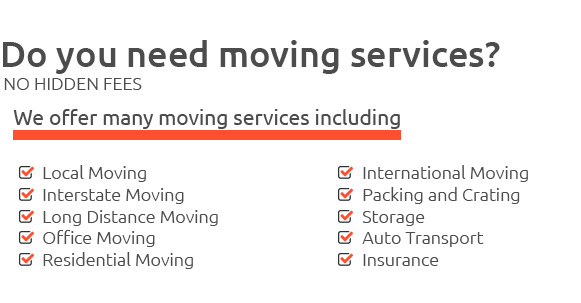 |
|---|---|
car and trailer transport interstate: expert tips for a smooth moveWhat interstate transport really involvesWhen you move a vehicle and trailer across state lines, the job is less about horsepower and more about planning-route restrictions, weight ratings, tie-down points, and paperwork. Understanding how carriers schedule and load helps you set realistic expectations and avoid surprises. Key steps before bookingConfirm VINs, trailer dimensions, and whether it’s enclosed or open haul. Carriers will ask about rolling, steering, and braking status. Be honest; it affects equipment and price.
Scheduling, pricing, and transit timeRates hinge on distance, seasonal demand, trailer type, and whether a winch or lowboy is needed. Flexible dates cut costs; strict deadlines usually require expedited dispatch. Day-of handoffMeet on a wide street, keep fuel low, and bring keys, titles, and a clean Bill of Lading. Walk the rig with the driver, annotate exceptions, and keep copies. On delivery, repeat the inspection before signing to preserve your claim rights.
|
|---|